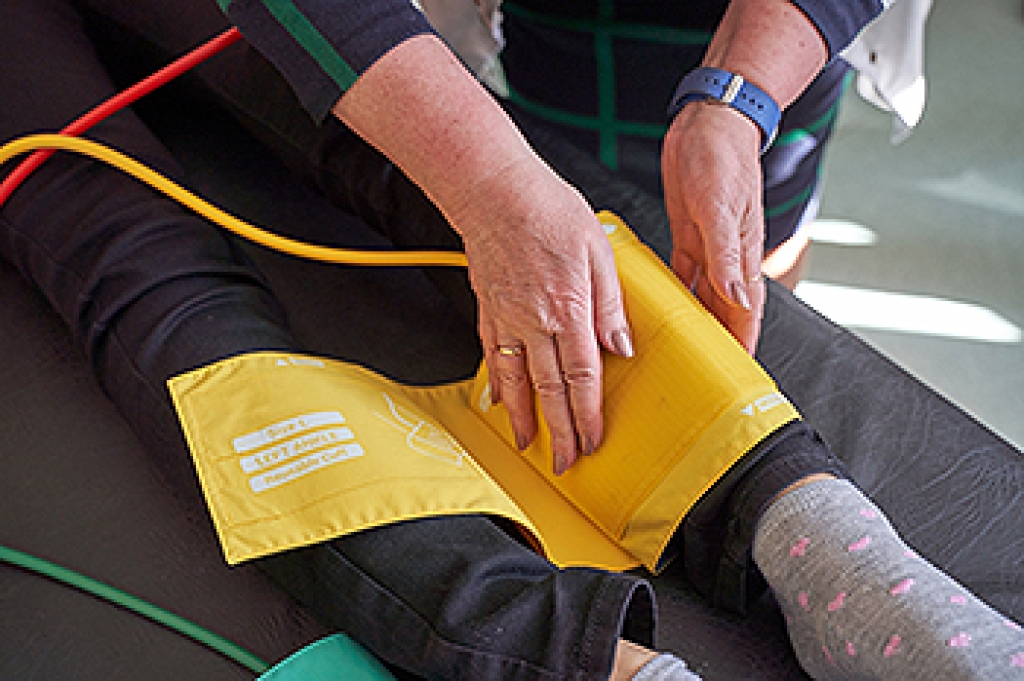
Ankle sprains in children are common injuries that occur when the ligaments supporting the ankle stretch or tear, often due to running, jumping, or sudden twists during sports and play. The ankle may look swollen, bruised, or slightly deformed, and the child may have difficulty putting weight on the affected foot. Many children describe sharp pain at the time of injury, followed by tenderness, stiffness, or a feeling of instability. Repeated ankle sprains in childhood can increase the risk of chronic ankle instability later in life if not properly treated. A podiatrist can begin by examining the ankle, assessing the range of motion, and using imaging if necessary to rule out fractures or growth plate injuries. Treatment may include elevation, supportive braces, targeted exercises, and guidance on safe return to activity. Early care supports proper healing, prevents recurring injuries, and maintains mobility. If your child experiences persistent pain, swelling, or difficulty walking after an ankle injury, it is suggested that you make an appointment with a podiatrist.
Ankle sprains are common but need immediate attention. If you need your feet checked, contact one of our podiatrists from Prince William Foot & Ankle Center, PC. Our practitioners can provide the care you need to keep you pain-free and on your feet.
How Does an Ankle Sprain Occur?
Ankle sprains take place when the ligaments in your ankle are torn or stretched beyond their limits. There are multiple ways that the ankle can become injured, including twisting or rolling over onto your ankle, putting undue stress on it, or causing trauma to the ankle itself.
What Are the Symptoms?
- Mild to moderate bruising
- Limited mobility
- Swelling
- Discoloration of the skin (depending on severity)
Preventing a Sprain
- Wearing appropriate shoes for the occasion
- Stretching before exercises and sports
- Knowing your limits
Treatment of a Sprain
Treatment of a sprain depends on the severity. Many times, people are told to rest and remain off their feet completely, while others are given an air cast. If the sprain is very severe, surgery may be required.
If you have suffered an ankle sprain previously, you may want to consider additional support such as a brace and regular exercises to strengthen the ankle.
If you have any questions please feel free to contact our offices located in Gainesville and Dulles, VA . We offer the newest diagnostic tools and technology to treat your foot and ankle needs.




